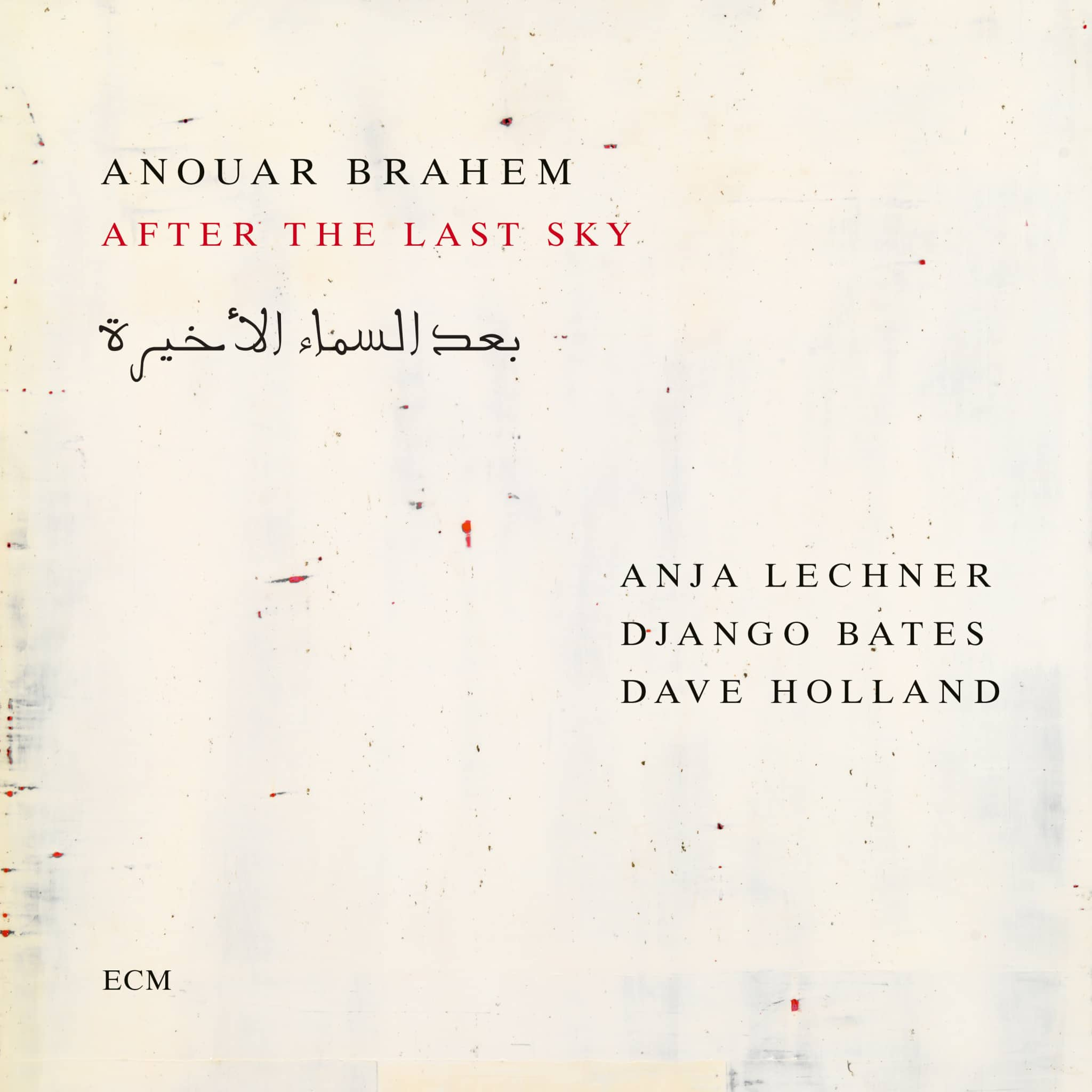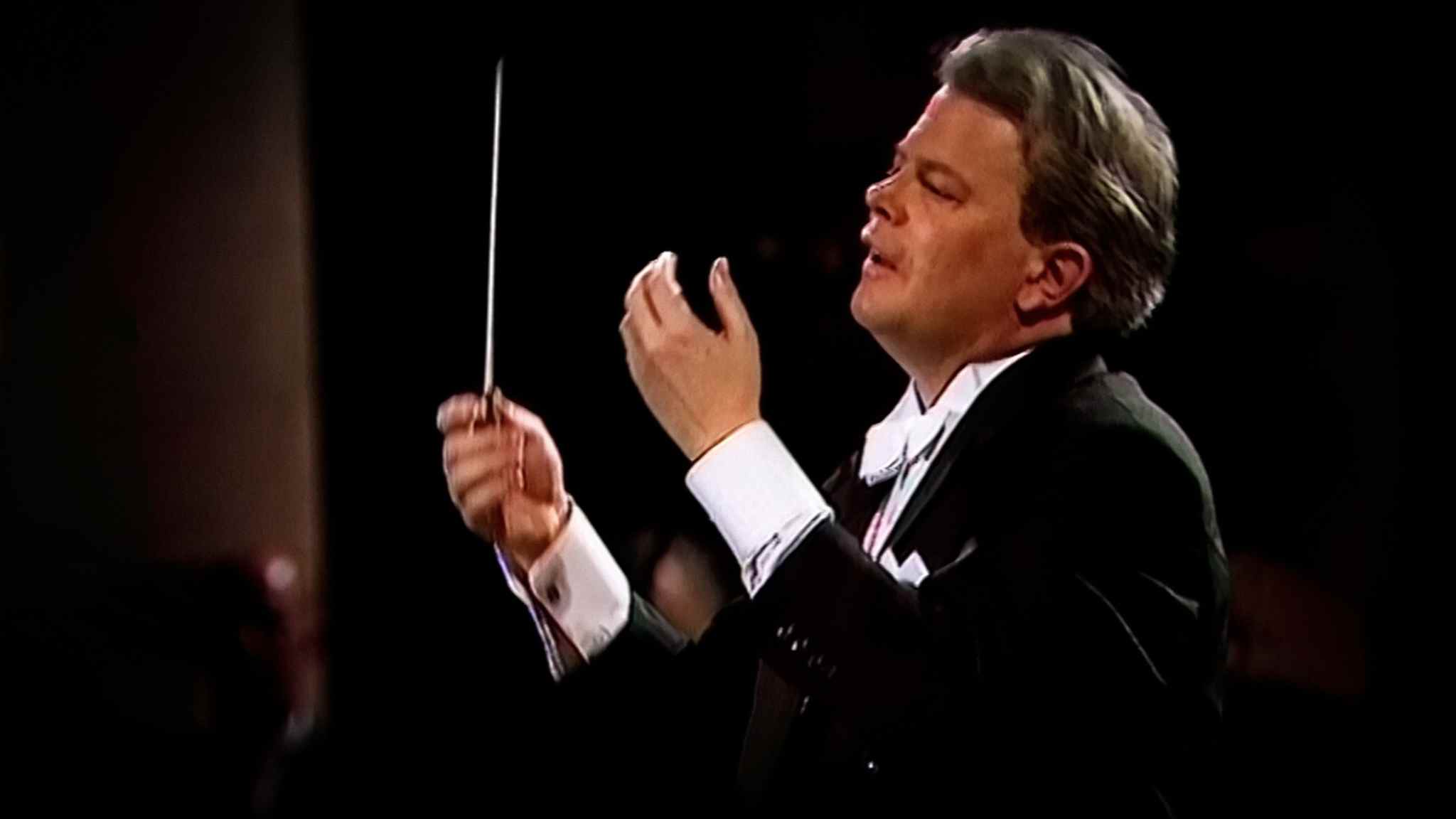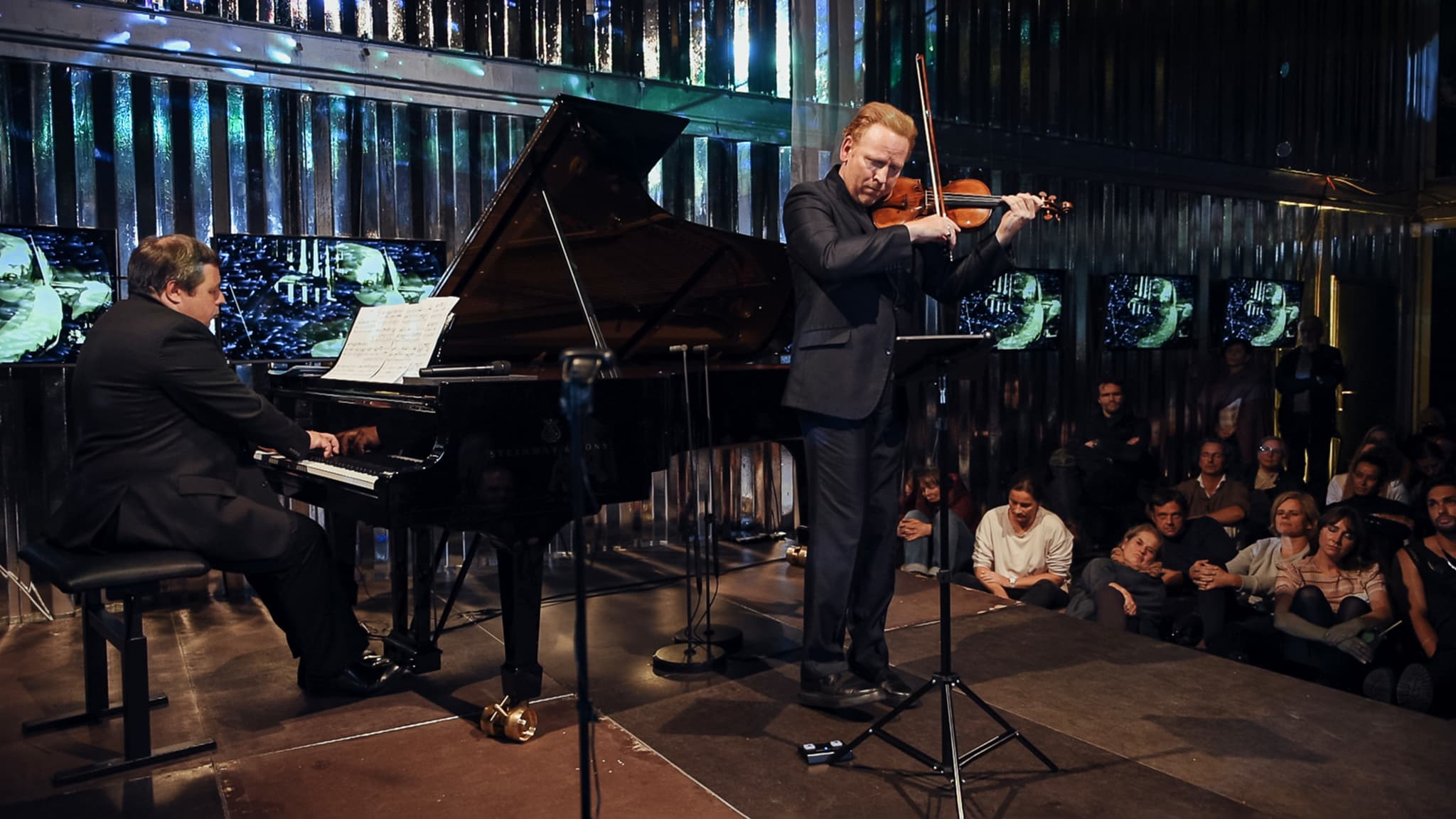Album insights
The group of musicians known as the "Wolf Pack," whose names are somehow related to the Latin word lupus, is extensive. Some notable members include Alonso Lobo from Toledo, Duarte Lobo from Portugal, and the five members of the Lupo family who served at the English court during the Tudor and Stuart periods. The two featured composers, Johannes Lupi and Lupus Hellinck, shared a close chronology in their lifespans, just two years apart in their passing dates. Although their lives focused mainly in the Netherlands, with Hellinck based in Bruges and Lupi primarily at the Cathedral in Cambrai, they were not contemporaries. Furthermore, Lupi favored shorter note chains in his compositions, while Hellinck preferred longer note values and angular melodies.
Johannes Lupi returned to Cambrai in 1526 as a singer and was appointed chapel master the following year, despite his young age. He faced reproach from cathedral authorities for his choirboys' behavior, possibly due to his recent choirboy status. Meanwhile, Hellinck served as Succentor at the Sint-Donaas Cathedral in Bruges for 18 years. Lupi, a productive composer during his brief life of 33 years, left behind a versatile repertoire, with uncertain attributions complicating the assessment of his oeuvre. In contrast, Hellinck's works, varying in genres, reflect his Dutch background and lifelong career in the North.
One of Hellinck's compositions, "Missa Surrexit pastor bonus," showcases his skillful use of motifs and alternating vocal textures, building towards climactic moments throughout the piece. The Gloria section, for instance, features dynamic exchanges between voice parts and melodic motifs, leading to a grand finale. Similarly, his Credo arrangement meticulously navigates through different textual sections, balancing homophonic passages with contrapuntal interplay, creating a diverse musical landscape.
Turning to Lupi's choral works, pieces like "Quam pulchra es" and "Salve celeberrima virgo" exemplify his lyrical and expressive style, emphasizing devotion and admiration. These motets reflect a fusion of spiritual themes with poetic intensity. In his interpretation of the Te Deum, Lupi demonstrates his polyphonic prowess, crafting each verse with intricate contrapuntal interactions and thoughtful structural considerations. The final section of the Te Deum, featuring repetitions of the phrase "in aeternum", showcases Lupi's mastery in culminating a complex sacred composition.
By exploring Lupi and Hellinck's music, we unravel a rich tapestry of Renaissance choral artistry, blending religious devotion with artful musical expression, each composer leaving behind a distinctive legacy of composition and innovation.








